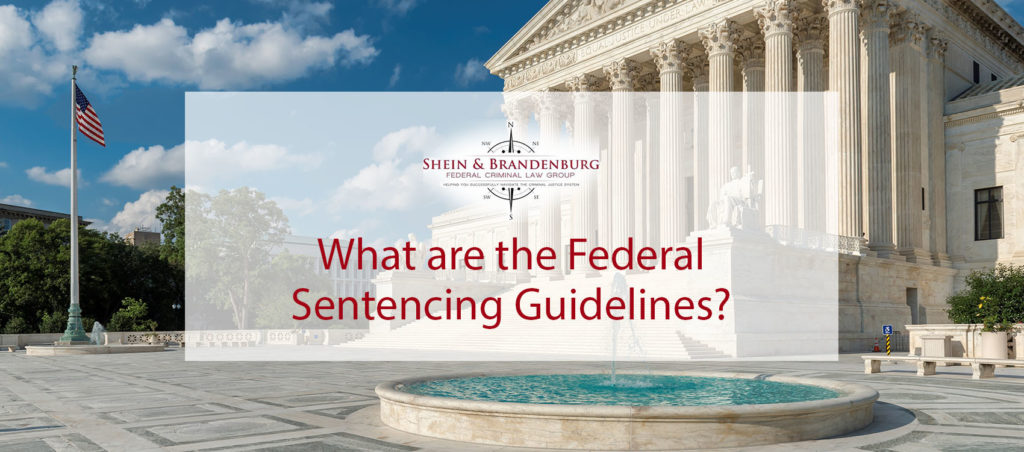Understanding the Federal Sentencing Guidelines
Established in 1984, the Sentencing Reform Act created the United States Federal Sentencing Guidelines. Before this time, federal judges had much more discretion regarding how to sentence people convicted of criminal offenses. Unfortunately, this discretion sometimes led to unequal sentences for the same criminal offense. The sentencing guidelines, however, helped to greatly reduce the frequency at which disparate sentences occur and as a result, helped to add much more uniformity to the criminal conviction process.
The Importance of the Federal Sentencing Guidelines
After a person is charged with a federal criminal offense, there are a number of important things to do. One critical precaution is to make certain that an individual has a solid understanding of the Federal Sentencing Guidelines. These guidelines often have a substantial influence over a number of important decisions including whether a person should plead guilty to an offense, whether it is a good idea to cooperate with the government, and whether a case will ultimately proceed to trial.
The Impact of the Sentencing Guidelines
Prior to 2005, the sentencing guidelines were mandatory which meant that judges were required to impose whatever sentences were prescribed. In 2005, the United States Supreme Court made the guidelines advisory in nature instead of mandatory. This means that federal judges must determine sentencing guidelines before sentencing someone but those federal judges are not required to completely follow the guidelines. Instead, there are a number of other important factors that federal judges must consider when sentencing a person.
How the Guidelines Operate
The federal guidelines instruct a sentencing judge to impose one or more of the following in every criminal case: fines, imprisonment, probation, and supervised release. The federal sentencing guidelines create an offense level that is designed to take the seriousness of an offense into consideration and a criminal history category which is designed to take the seriousness of a person’s criminal history into consideration. The higher the offense level and criminal history in a guide, the greater the sentence that will be recommended by the federal guidelines.
How the Guidelines are Established
The Federal Sentencing Guidelines are contained in material written by the United States Sentencing Commission. Under these guidelines, each type of offense is assigned a base level, which is the beginning point for determining the seriousness of an offense. In addition to offense levels, each type of criminal offense has a number of specific qualities that can increase or decrease the base offense level. Similar to specific offense characteristics, adjustments increase or decrease based on the offense level. If a judge determines that a person has accepted responsibility for an offense, the offense can be reduced by several levels based on how the offense occurred.
Contact the Federal Criminal Law Center Today
If you have been charged with a federal criminal offense, you should not hesitate to speak with an experienced attorney. At the Federal Criminal Law Center, we have handled a number of federal cases and understand what it takes to make sure that you have the strongest defense strategy possible. Contact us today to schedule an initial free case evaluation.


